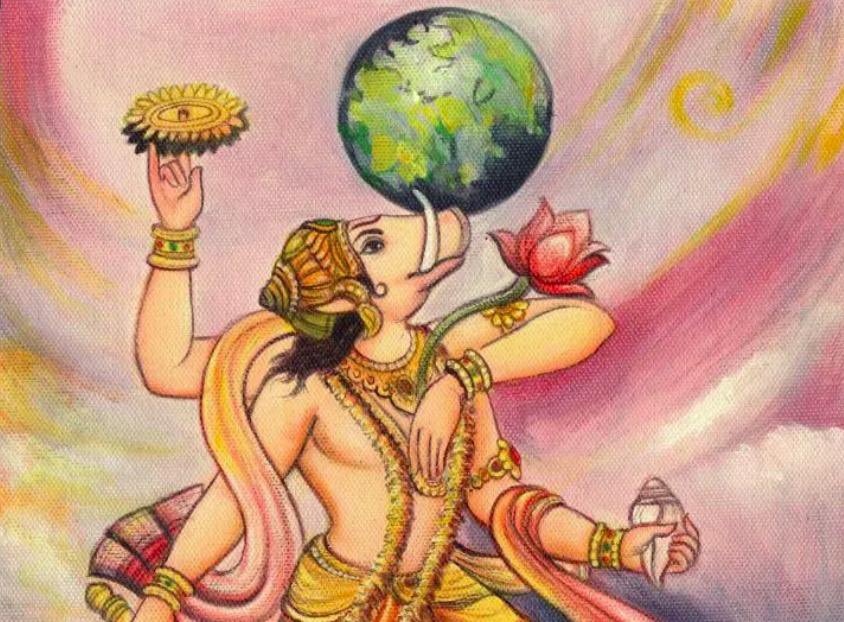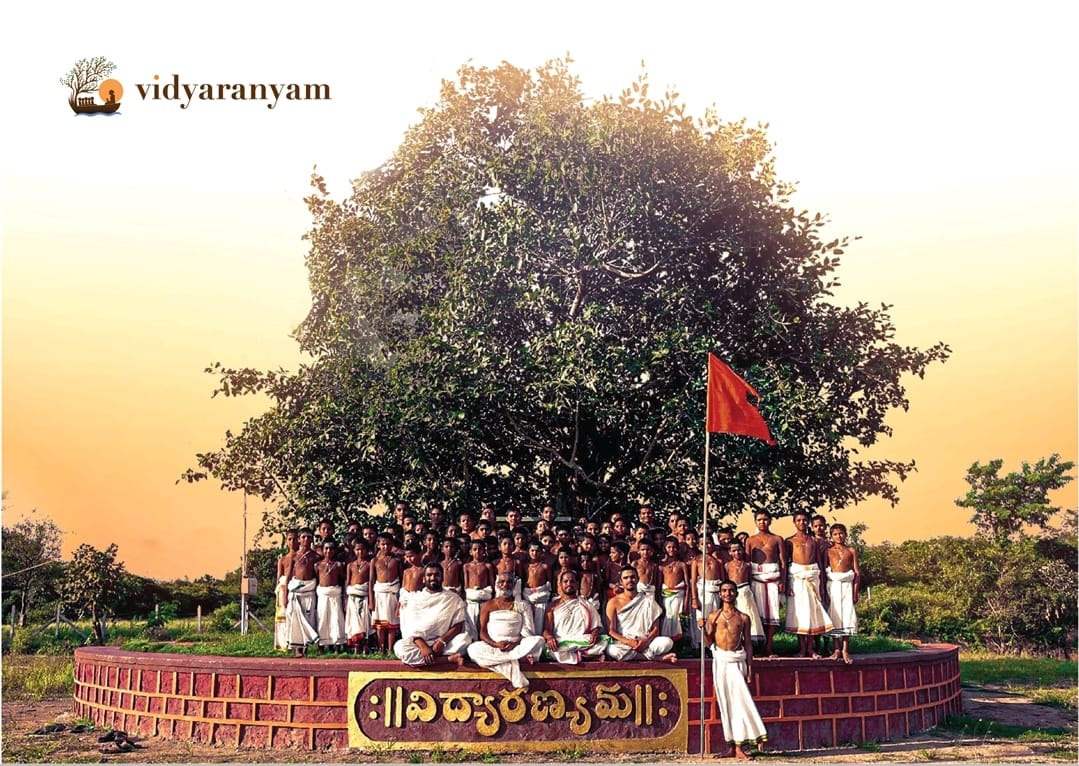The most special temple I visited in my Dharwad trip was the Bhuvaraha & Narasimha temple at Halasi. Again just by chance. The same prof who suggested that I visit Degaon asked me to look up Halasi. “There’s something about that temple,” he said with a gleam in his eye. (1) 

Varaha & Narasimha are 2 avatars of Vishnu that appeal to me at a visceral level. If I close my eyes, I can often see Varaha diving into the depths of the nether world to rescue Bhoomi Devi and bringing her out with his snout. (2) 

Somewhere I had read that when Bhaktas saw a huge boar emerging they could sense it was not some ordinary boar. And when they saw his eyes, they knew it was Bhagwan himself. So I like to dream about those eyes! (3)
As for Narasimha, it is his roar that I like to imagine. The roar that will petrify the Hiranyakashipus of this world but will fill the Prahlads with joy. (4) 

The temple at Halasi was picture-perfect just like the temple at Degaon. Situated in an idyllic little town with towering coconut trees, it looked so very comforting. (5) 

As I took photos, suddenly a person emerged and asked “Hindi or Marathi or Kannada?” I did not know what to say. Then I realized he wanted to tell us about the temple in either of these 3 languages. (6)
“I’m the main priest of this temple but I am under Sutaka so cannot enter the temple now,” he explained after I chose Kannada. Then he asked doubtfully: “You know Sutaka?” Of course I did. Then he happily answered my questions on video. (8)
He called loudly for a Bhatta to do puja on his behalf & apologized for not offering prasad as he was under Sutaka. “Shall I order some cold drink for you from the shop instead?” I found this so endearing. These are the people who make me want to keep coming back to Bharat. (9)
I was delighted to learn that Kadamba king Mayurvarma had himself built this temple. Mayurvarma has a personal connection with my family. He invited my ancestors to migrate from Ahichhatra to Karnataka in the 4th century. You can read that story here
(11)medium.com/@sahana.singh/…
(11)medium.com/@sahana.singh/…
The architecture of the temple was unusual. The garbhagudi of Varaha faced the garbhagudi of Yoga Narayana (Vishnu) sitting in Padmasana. There was an Udbhava murti of Narasimha (Swayambhu or self-revealed) near Yoga Narayana which was clearly the older image. (12)
The Varaha murti attracted me first. I was surprised to not only be allowed inside the garbhagudi but even take pictures. I’m not posting the picture for personal reasons but it was amazing. Varaha’s side profile was depicted in black stone with Bhudevi on his shoulder. (13)
Varaha’s one leg was on the head of Adi-Shesha and the other on a turtle. It was an unusual and mesmerizing depiction. Close to him was a moorti of Lakshmi in Kolhapur style. As I did the pradakshina around the moorti, I felt so blessed. (14)
At the other garbhagudi of Yoga Narayana & Narasimha, the Bhatta asked me to stand outside while he did the aarti. Again a blessed moment. There was a circular navaranga (dance platform) in between the two garbhagudis with a fabulous lotus motif on the ceiling. (15)
I noticed that the Tulasi Vrundavana in front of the temple was far more prominent than usual. It was huge. Later, I came to know that the saligram stones that had emerged from the place had been placed there which invested it with greater significance. (16)




A female security officer posted at the temple came inside to get darshan along with us. A sweet person. I told her she must have some purva punya to be posted at the temple and she nodded. As we were leaving, she asked me to come again during festival time. I wish. (17) 

• • •
Missing some Tweet in this thread? You can try to
force a refresh
















